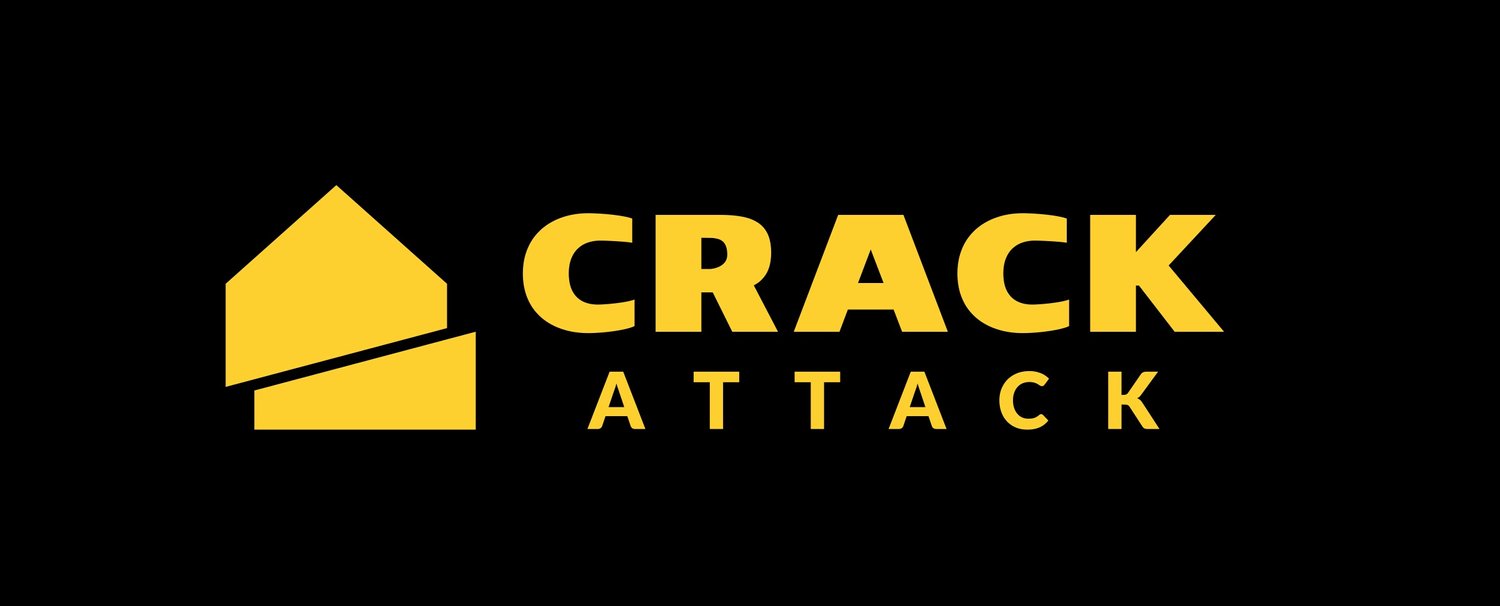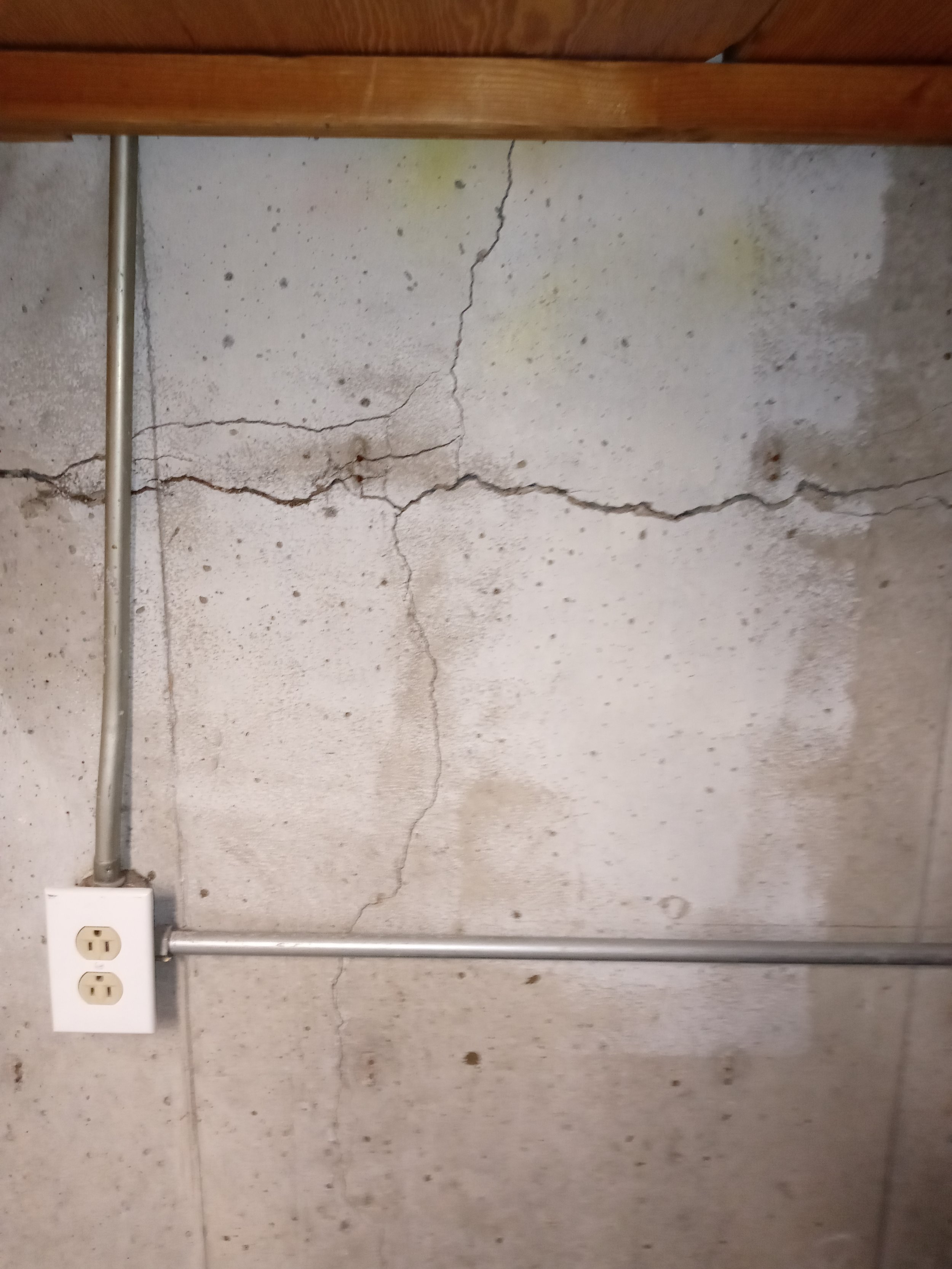Understanding Foundation Cracks and Their Causes
Foundation cracks can appear for many reasons, from natural settling to soil pressure changes. Some cracks are minor, while others may indicate a larger issue that needs attention. At Crack Attack, we provide expert evaluation and repair solutions, including epoxy injection, hydrophilic polyurea, and carbon fiber reinforcement, to keep your foundation secure.
How to Address Cracks in Your Foundation Walls
Not all foundation cracks are the same—some may be cosmetic, while others can weaken your home’s structure. Knowing when and how to repair them is key to maintaining stability. Crack Attack specializes in effective repair methods that seal and strengthen cracks, preventing further damage and extending the life of your foundation.
Are Foundation Cracks a Concern?
Seeing a crack in your foundation can be worrisome, but not all cracks require major repairs. Some are harmless, while others may indicate underlying structural concerns. Understanding the difference is crucial, and Crack Attack is here to help with expert repairs, including epoxy injection and carbon fiber reinforcement, to keep your home protected.
Vertical Foundation Cracks: What You Need to Know
Vertical foundation cracks may seem small, but they can signal serious issues if left untreated. From foundation settlement and soil movement to moisture buildup and freeze-thaw cycles, these cracks can compromise your home’s stability. At Crack Attack, we specialize in reliable, long-lasting solutions like epoxy injection, polyurethane injection, and carbon fiber strapping to seal cracks, prevent water intrusion, and reinforce your foundation. Get in touch for a free foundation inspection today!
Horizontal Foundation Cracks in Basement Walls
Horizontal foundation cracks can indicate serious structural issues, often caused by factors like hydrostatic pressure, poor drainage, or foundation movement. At Crack Attack, we specialize in repairing these cracks with effective solutions such as epoxy injection, polyurethane injection, carbon fiber strapping, and rebar repair. Addressing these cracks early helps prevent further damage and ensures the long-term stability of your home. Contact us today for a free consultation and get your foundation back on track!
Epoxy vs. Polyurethane Crack Injection
When it comes to repairing concrete cracks, epoxy and polyurethane injections are two commonly used methods, each with its own set of advantages and limitations. Understanding the differences between epoxy and polyurethane crack injection can help property owners make informed decisions when addressing foundation issues.
What is the Minimum Crack Width for Epoxy Injection?
Epoxy injection is a popular method for repairing cracks in concrete structures, offering a durable and long-lasting solution to prevent further damage. However, determining the minimum crack width suitable for epoxy injection is crucial to ensure the effectiveness of the repair process.
15 Benefits of Commercial Epoxy Injection
Explore the advantages of commercial epoxy injection and discover how this versatile solution not only restores structural integrity but also provides cost-effective, long-lasting repairs, minimizing disruptions while offering tailored options for property owners.
Epoxy Crack Injection for Concrete Crack Repair
Concrete structures are susceptible to cracks due to various factors such as shrinkage, settlement, or structural movement. Epoxy crack injection is a common method used to repair these cracks, providing a durable and long-lasting solution to restore structural integrity.
Low-Pressure Foundation Crack Repair
Low-pressure crack repair is a method used to seal and reinforce foundation cracks using specialized equipment and materials. Unlike traditional high-pressure injection methods, low-pressure crack repair involves injecting epoxy or polyurethane resin into the cracks at a lower pressure.










